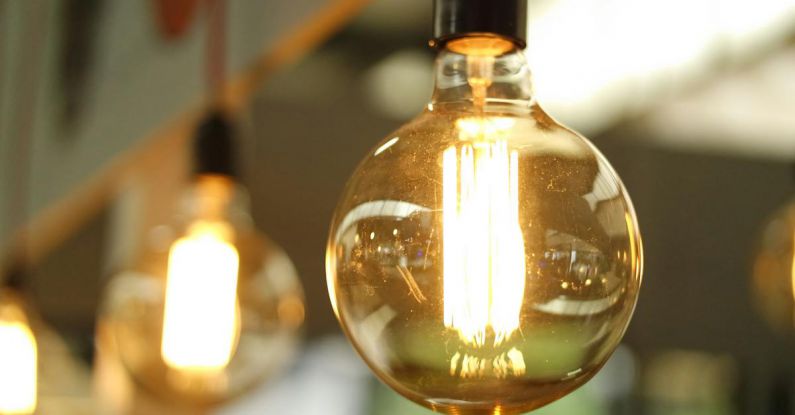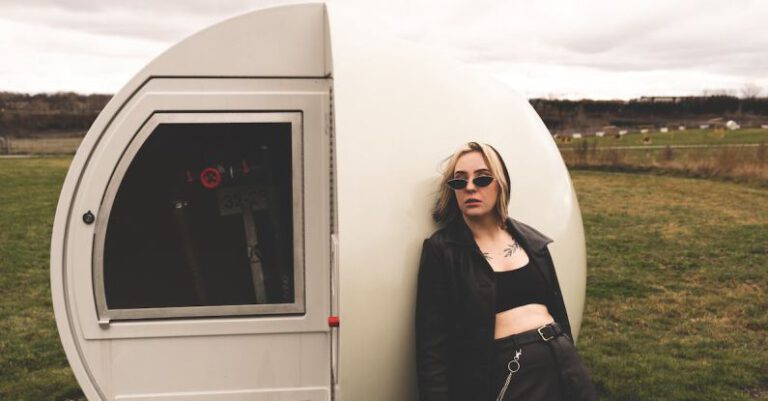How to Make Your Home More Energy Efficient?
Making your home more energy efficient not only helps to reduce your carbon footprint, but it also saves you money on your energy bills. With rising energy costs and a growing concern for the environment, there has never been a better time to make your home more energy efficient. In this article, we will explore some simple yet effective ways to make your home more energy efficient.
Insulate your home
One of the most effective ways to make your home more energy efficient is to ensure that it is properly insulated. Insulation helps to keep the warm air inside during winter and prevents the cool air from escaping during summer. Insulating your home can significantly reduce your heating and cooling costs. Consider adding insulation to your walls, attic, and basement to maximize energy efficiency.
Upgrade to energy-efficient appliances
Another way to make your home more energy efficient is by upgrading to energy-efficient appliances. Older appliances tend to consume more energy than their modern counterparts. Look for appliances with the Energy Star label, as these are designed to be more energy efficient. When shopping for new appliances, consider the energy consumption ratings and choose those with the highest energy efficiency ratings.
Use LED light bulbs
Traditional incandescent light bulbs consume a lot of energy and need to be replaced frequently. Switching to LED light bulbs is a simple and effective way to make your home more energy efficient. LED bulbs use up to 80% less energy than incandescent bulbs and can last up to 25 times longer. Although they may be slightly more expensive upfront, the long-term energy and cost savings make them a worthwhile investment.
Seal air leaks
Air leaks can cause your heating and cooling systems to work harder, resulting in wasted energy. Check for drafts around windows, doors, and other openings in your home and seal them with caulking or weatherstripping. This simple step can greatly improve your home’s energy efficiency and reduce your energy bills.
Install a programmable thermostat
A programmable thermostat allows you to set different temperatures for different times of the day, ensuring that your heating and cooling systems are not running unnecessarily. By programming your thermostat to lower the temperature when you are away from home or asleep, you can save a significant amount of energy. Consider investing in a smart thermostat that can be controlled remotely through your smartphone for even more convenience.
Optimize your heating and cooling systems
Regular maintenance and optimization of your heating and cooling systems can greatly improve their energy efficiency. Clean or replace air filters regularly to ensure proper airflow and efficiency. Consider upgrading to a more energy-efficient model if your current system is outdated. Additionally, you can install ceiling fans to help circulate the air and reduce the load on your cooling system.
Conclusion:
Making your home more energy efficient does not have to be complicated or expensive. By following these simple tips, you can significantly reduce your energy consumption and save money on your energy bills. Remember, every small step counts when it comes to creating a more sustainable future for our planet. So start implementing these energy-efficient practices in your home today and make a positive impact on the environment and your wallet.






